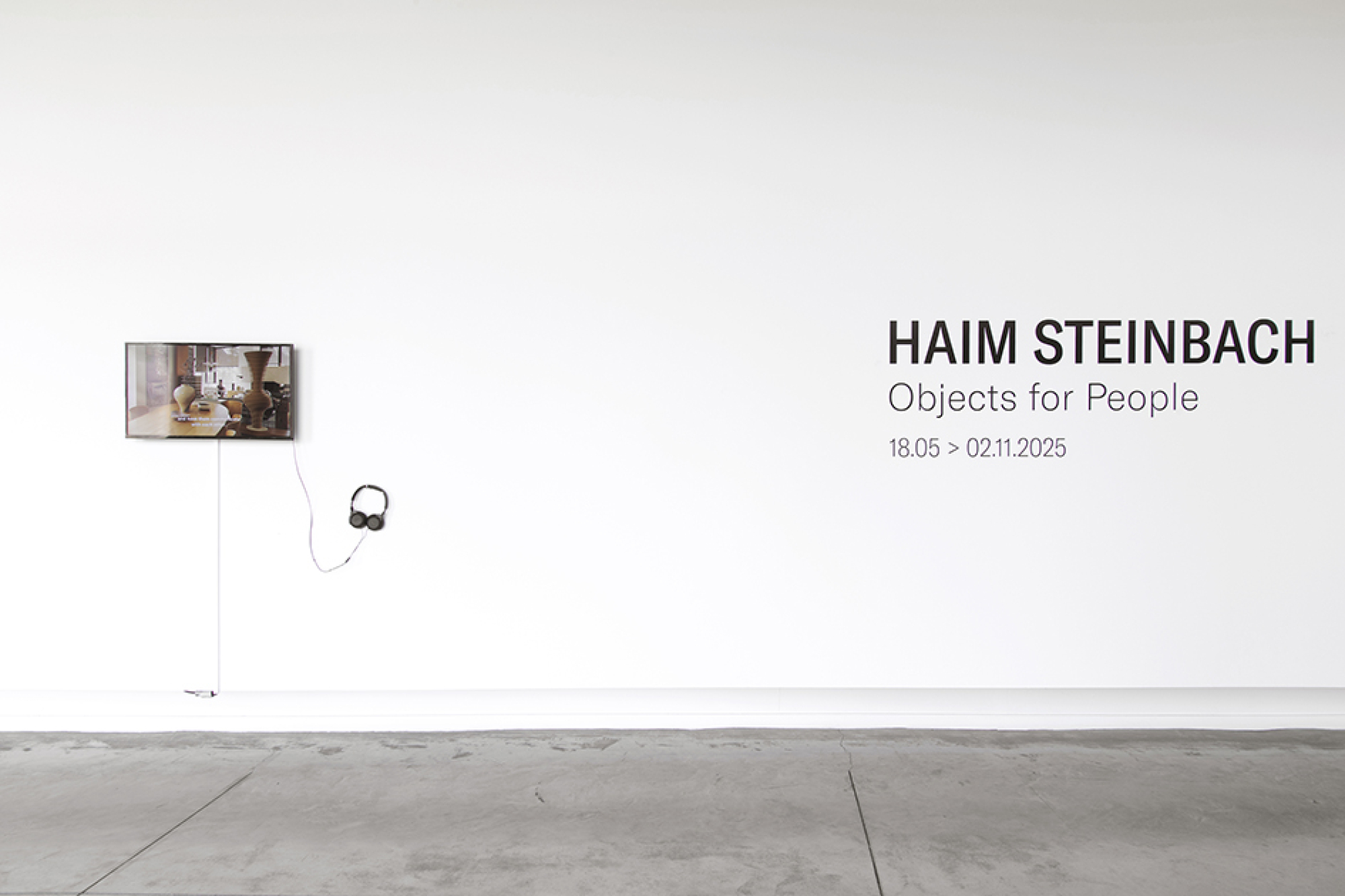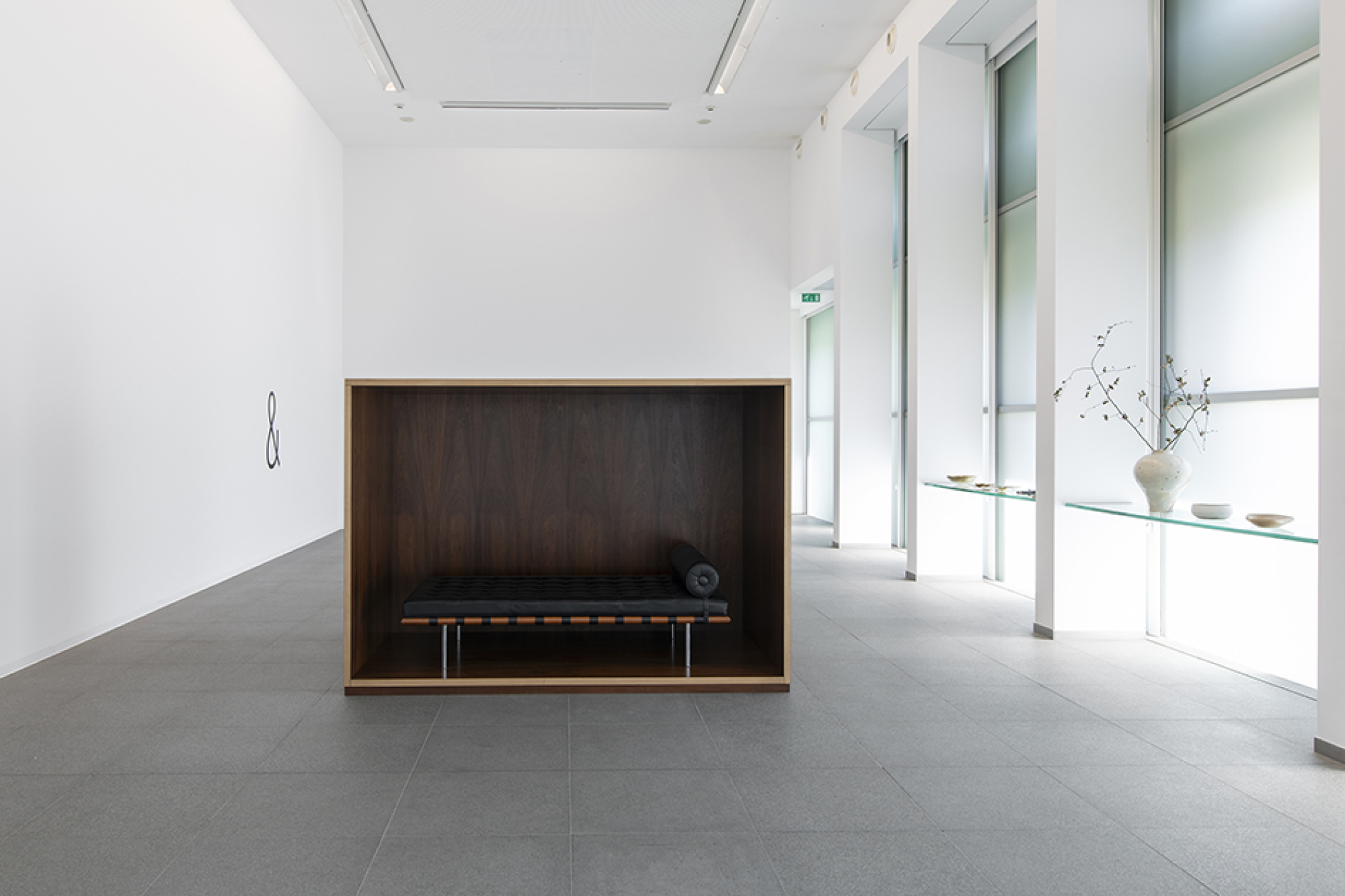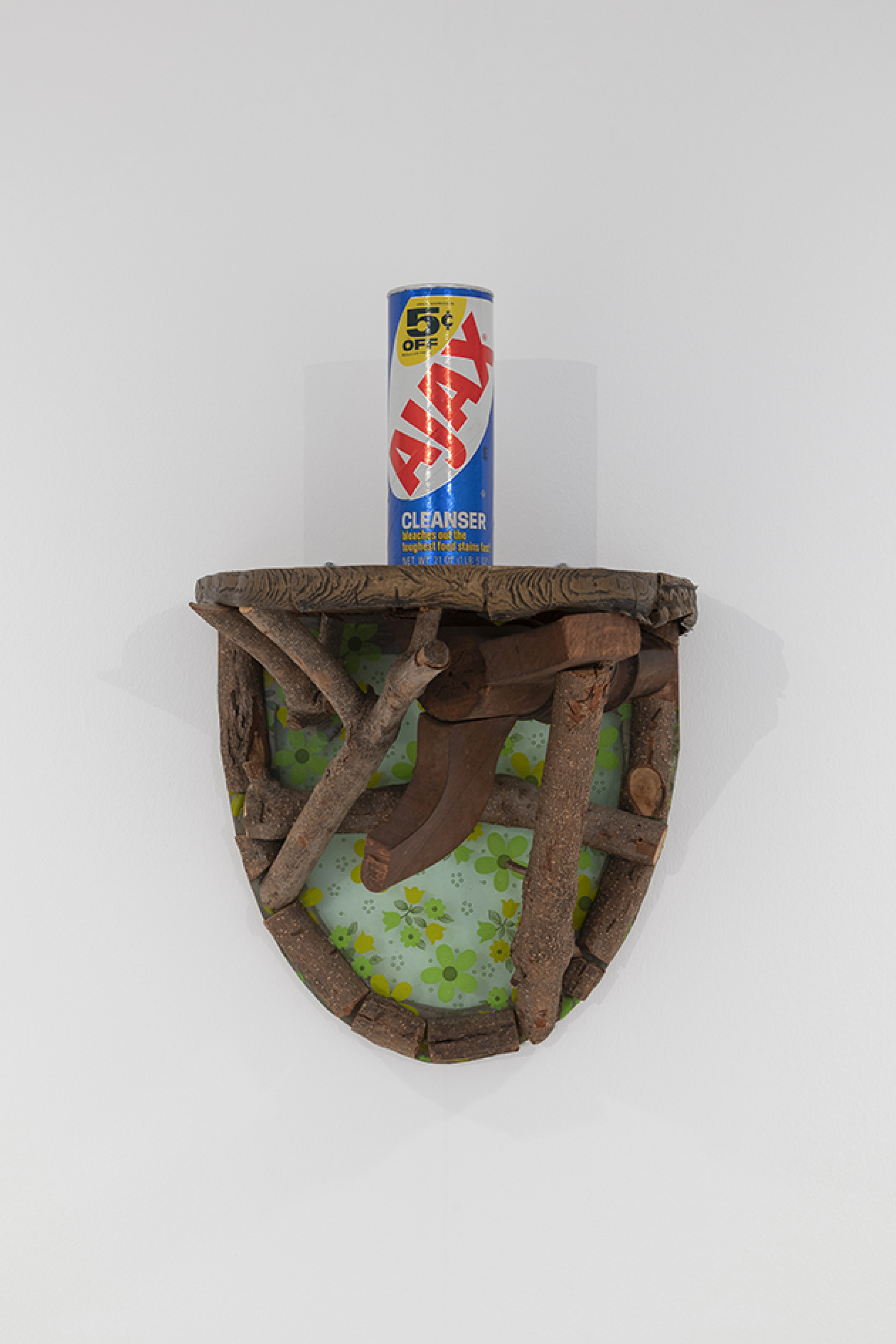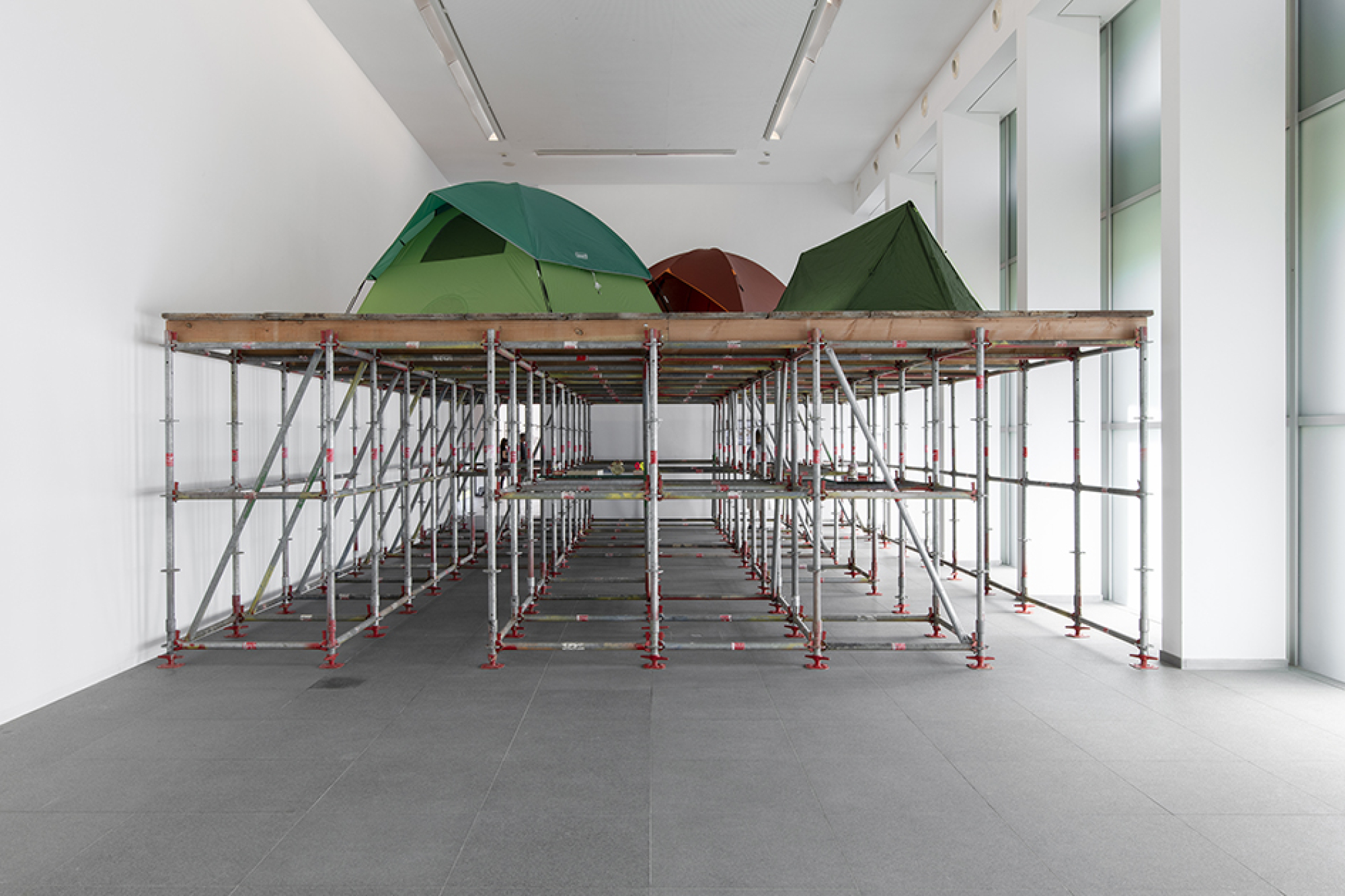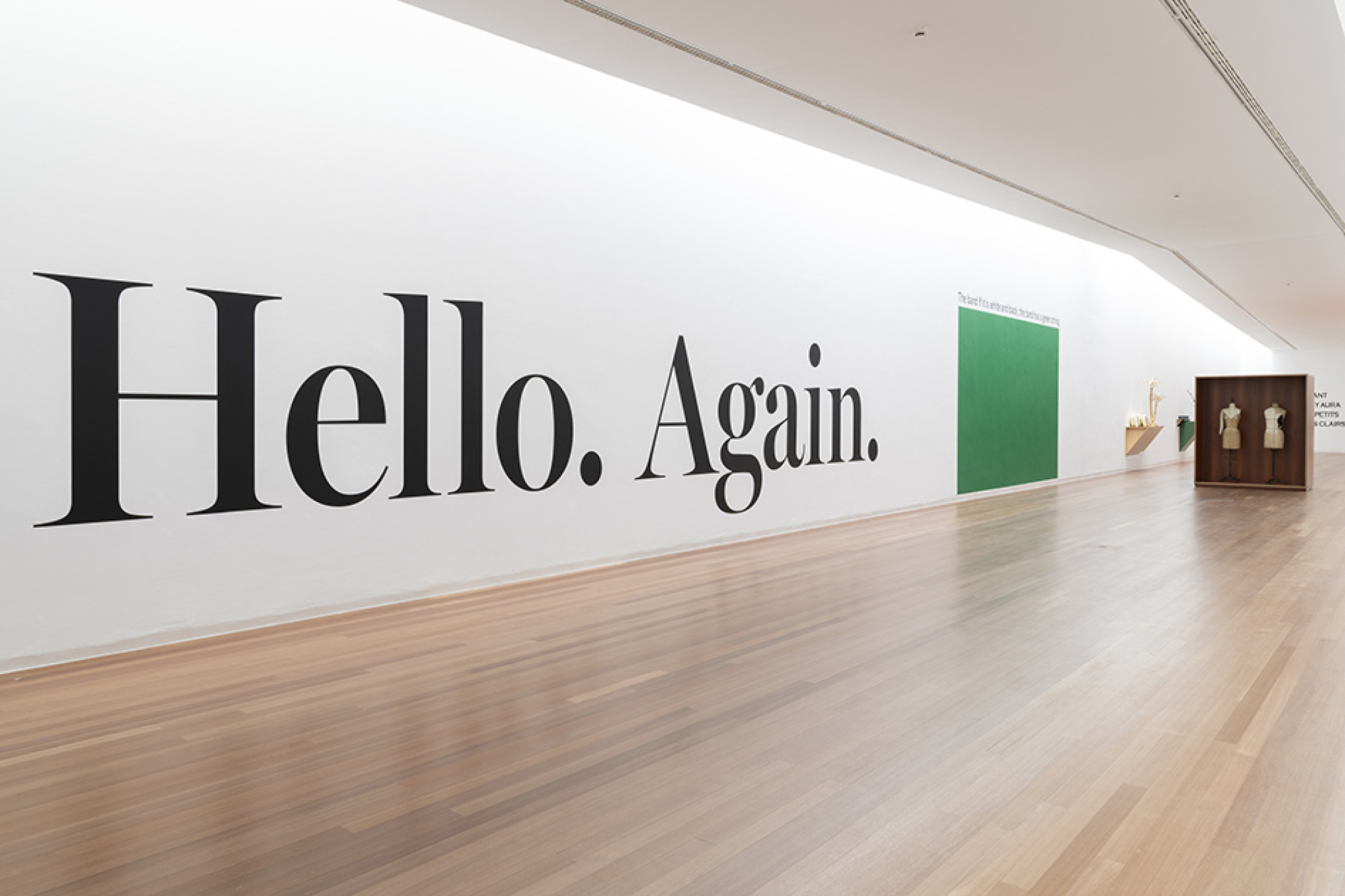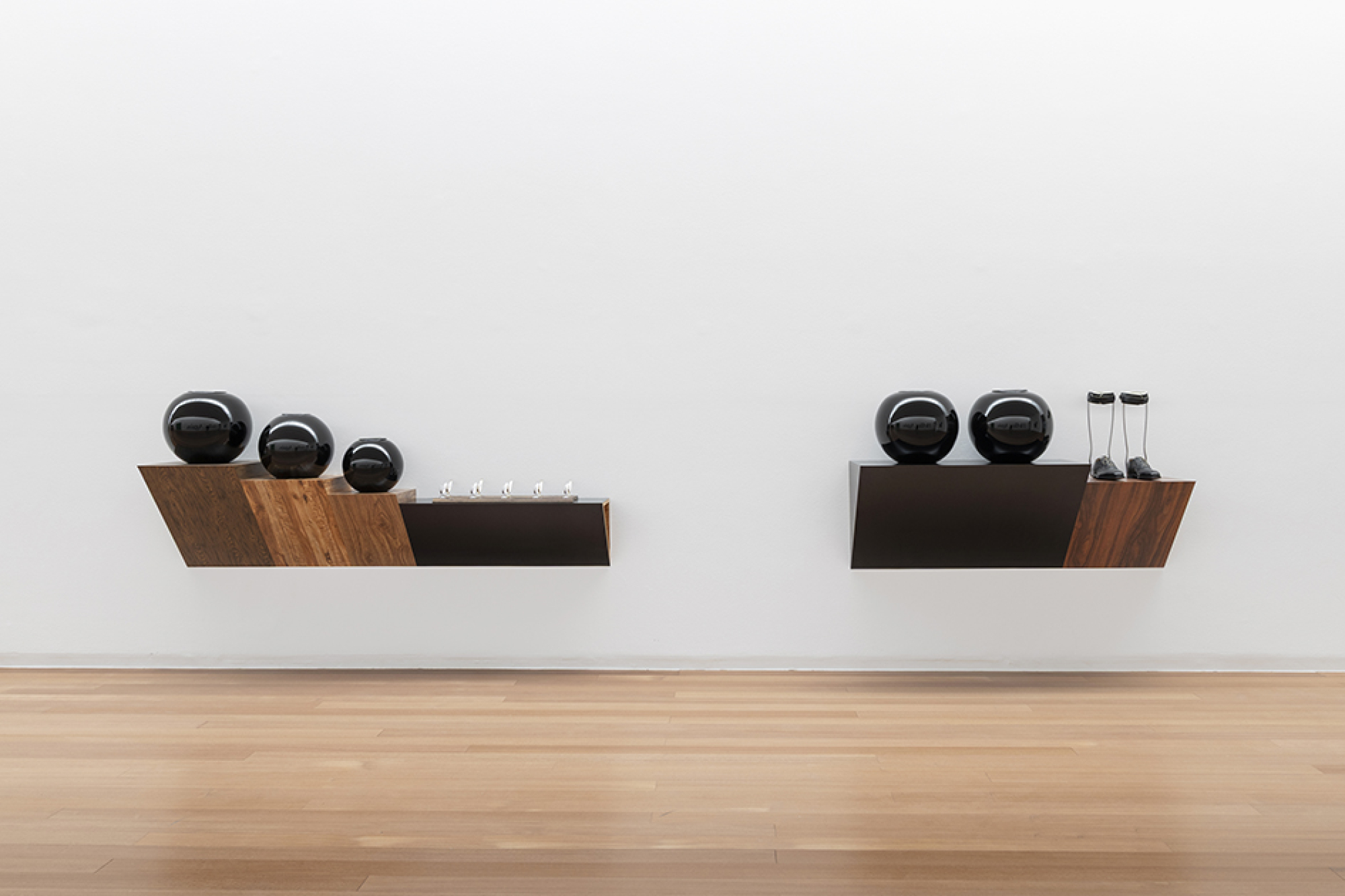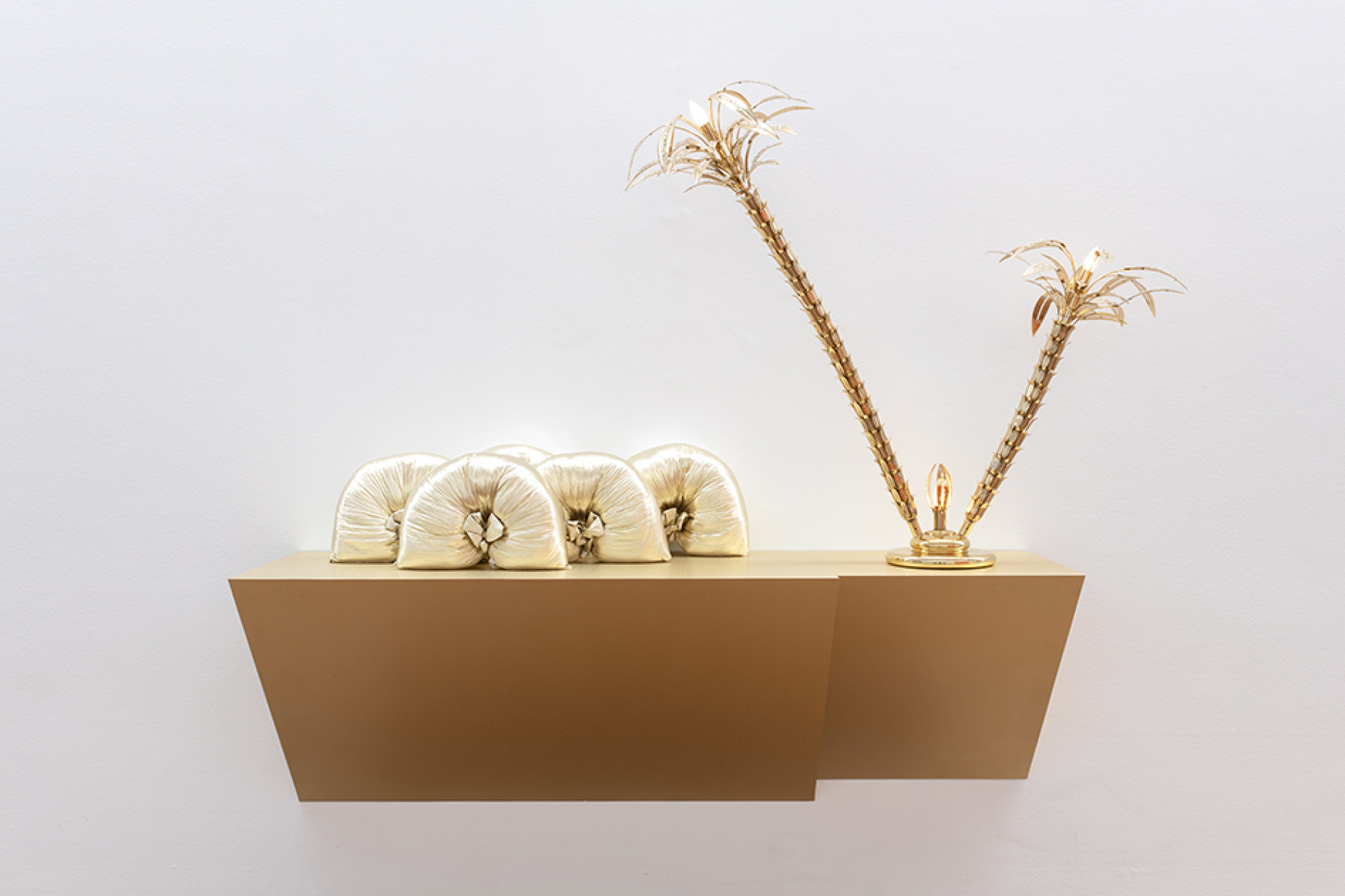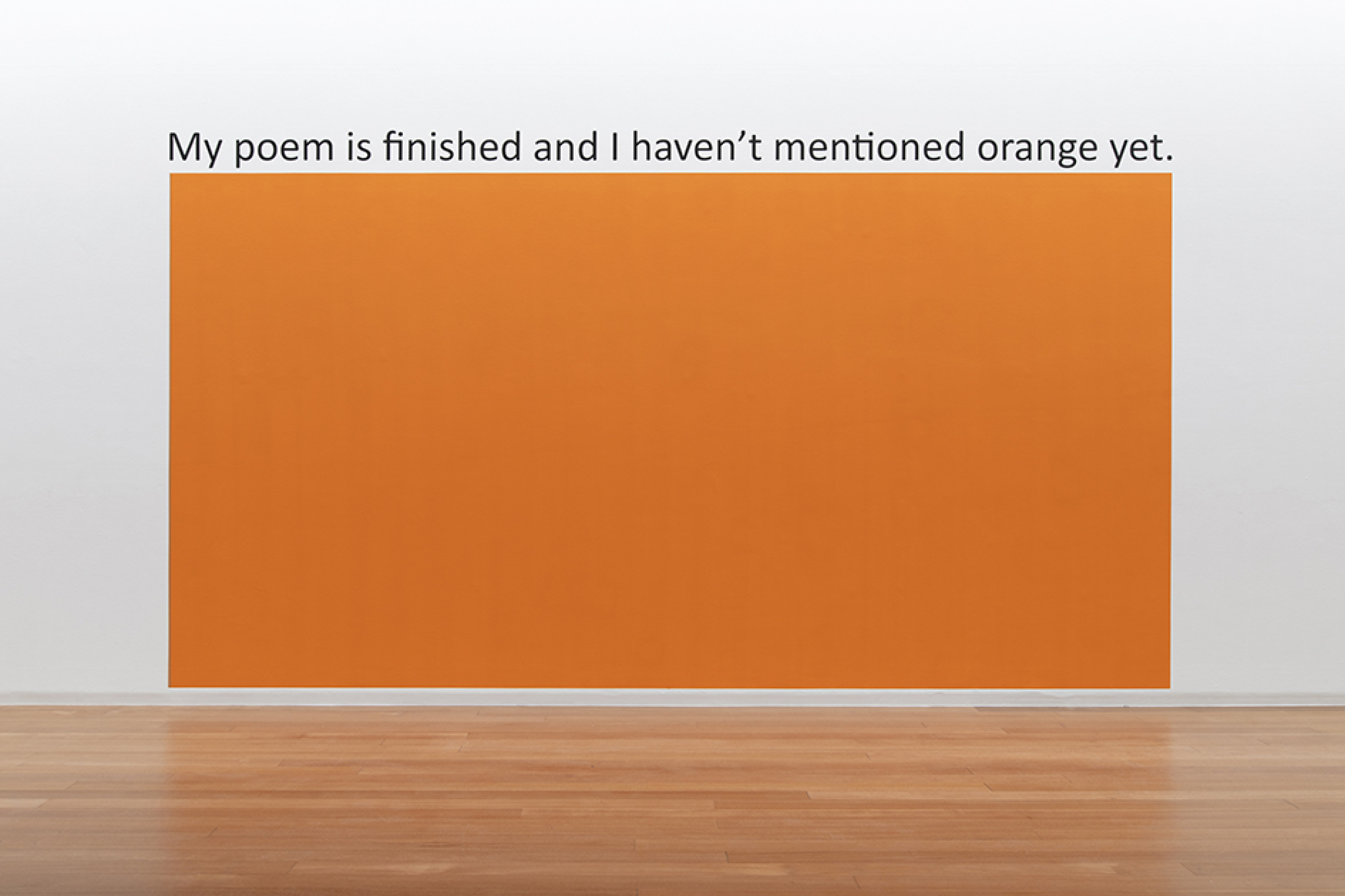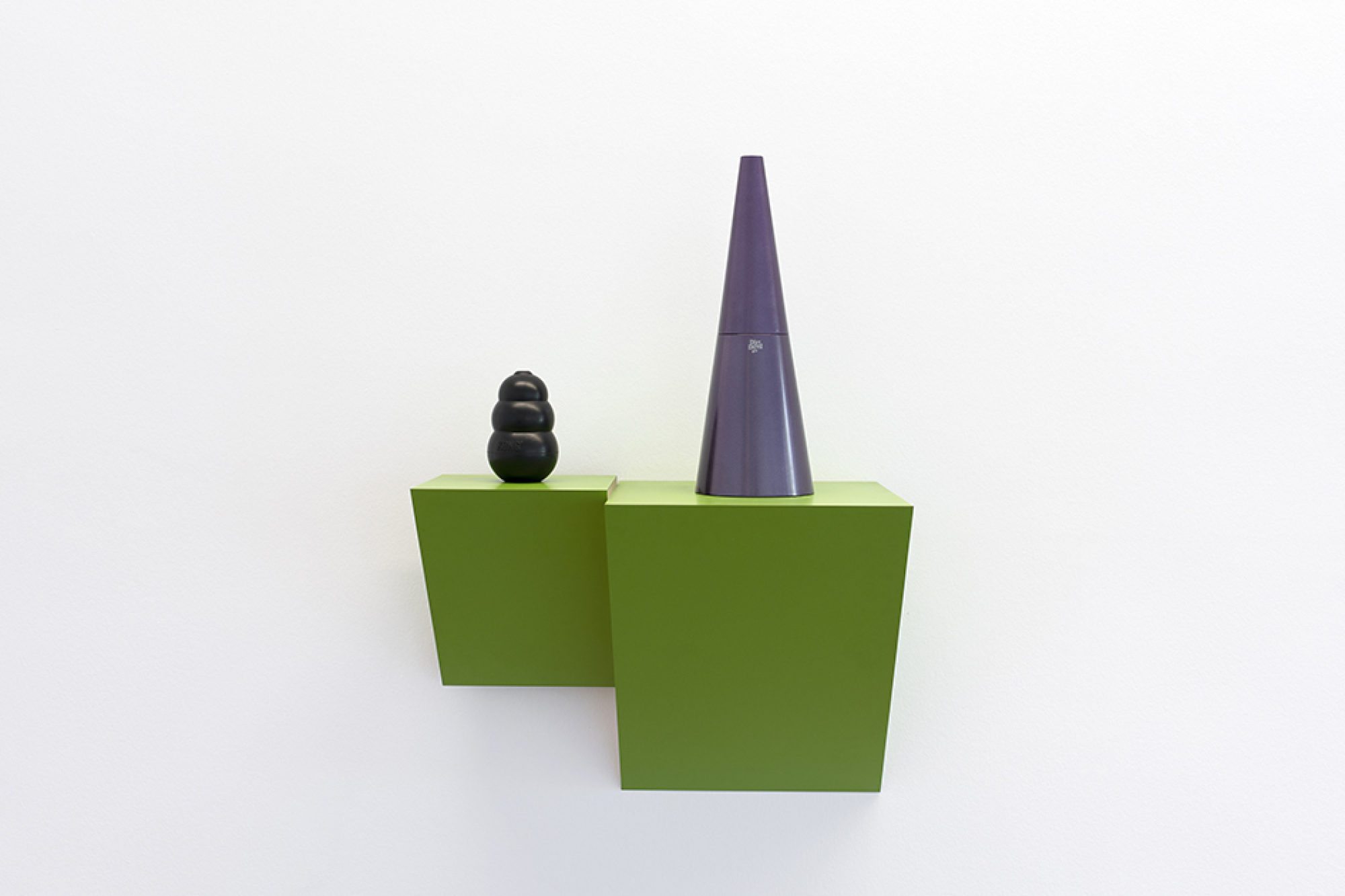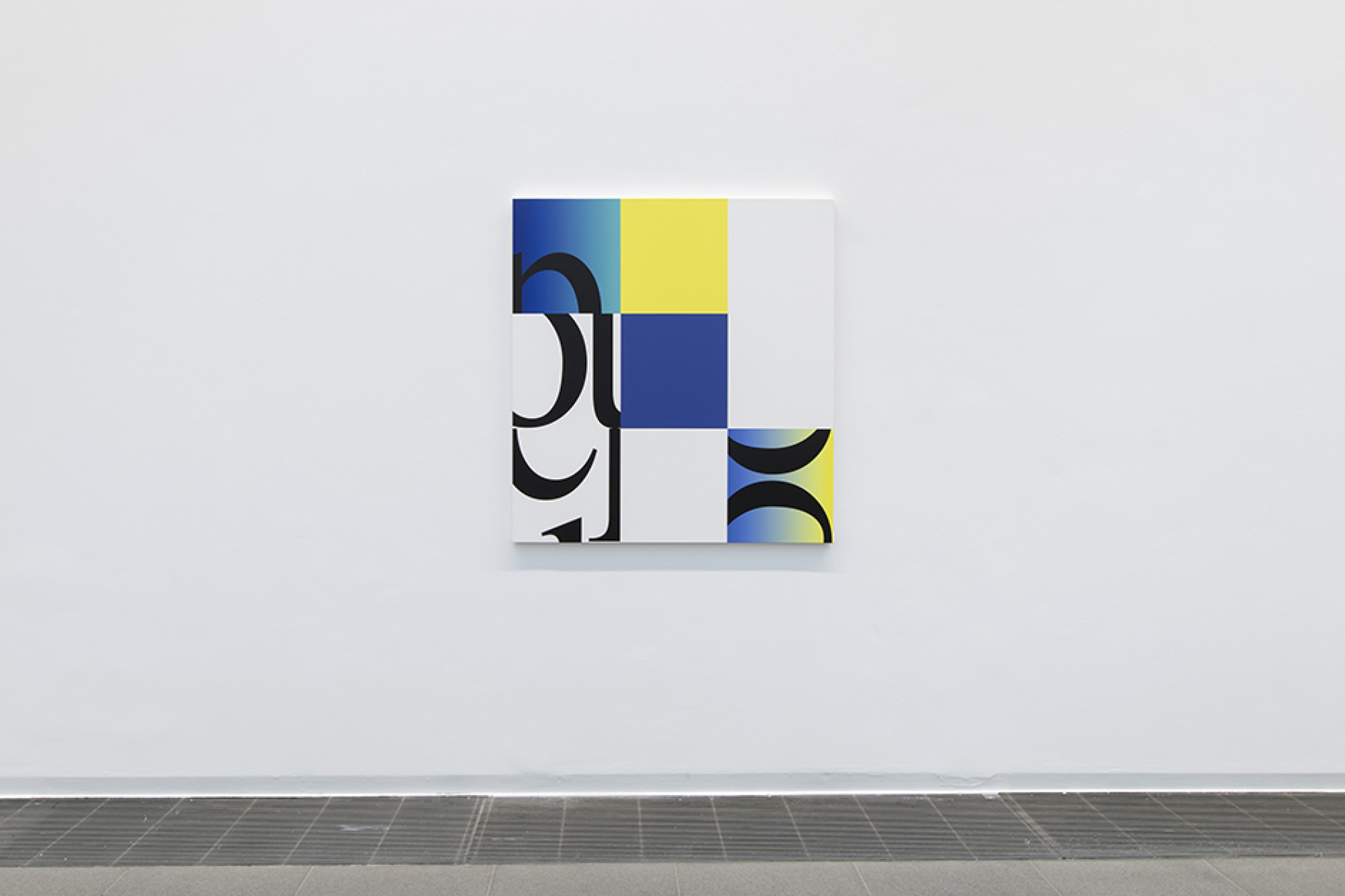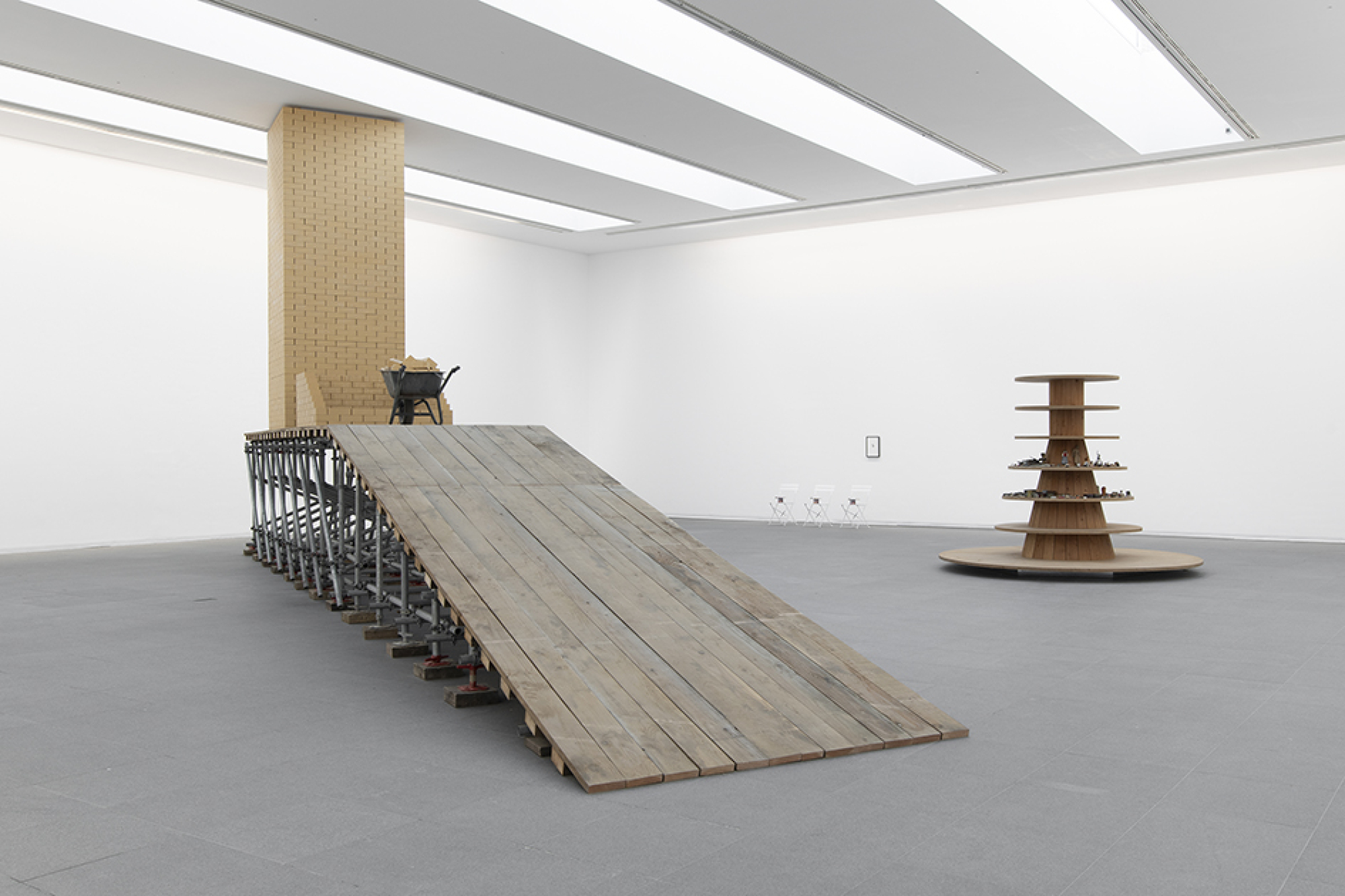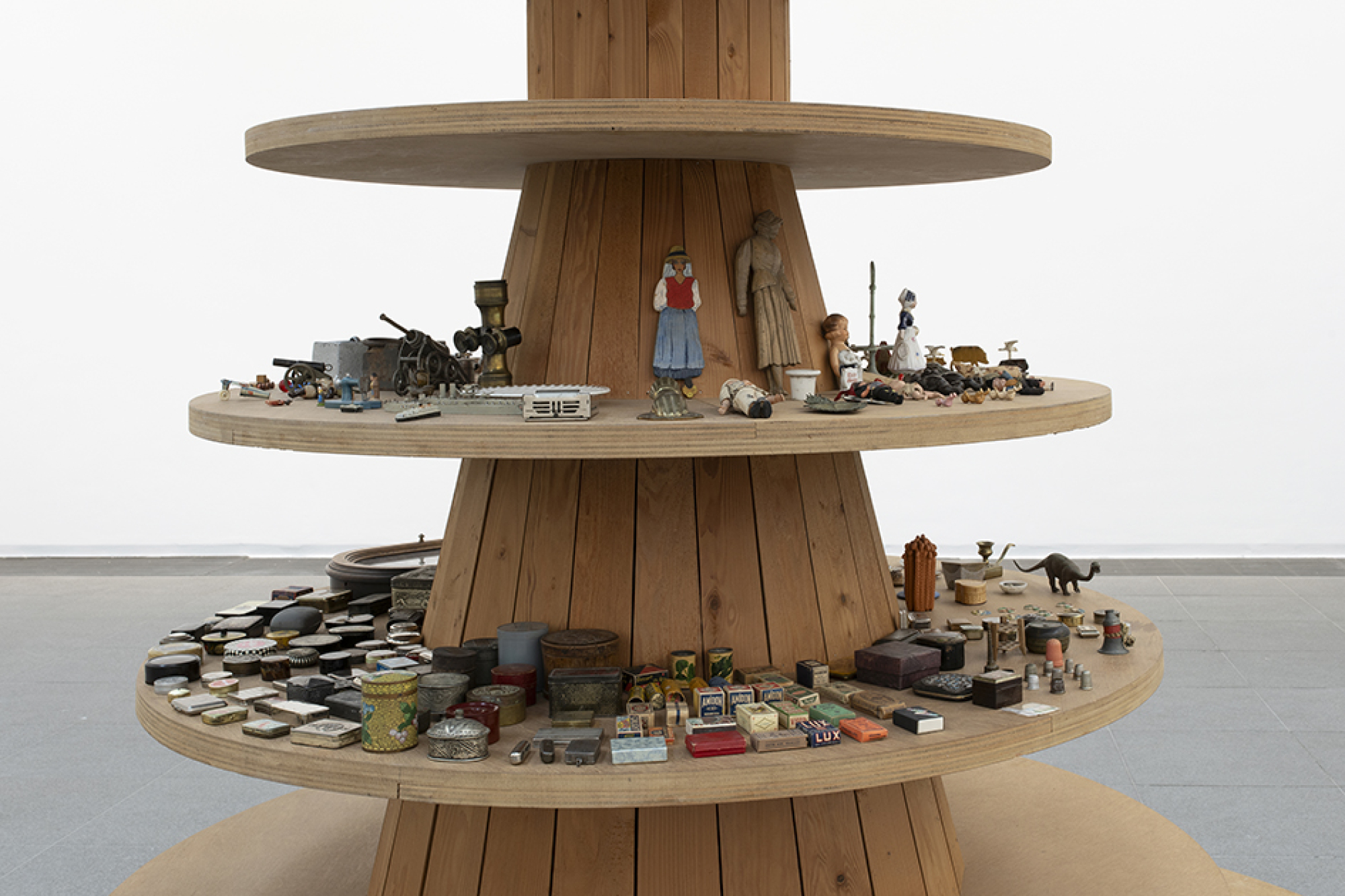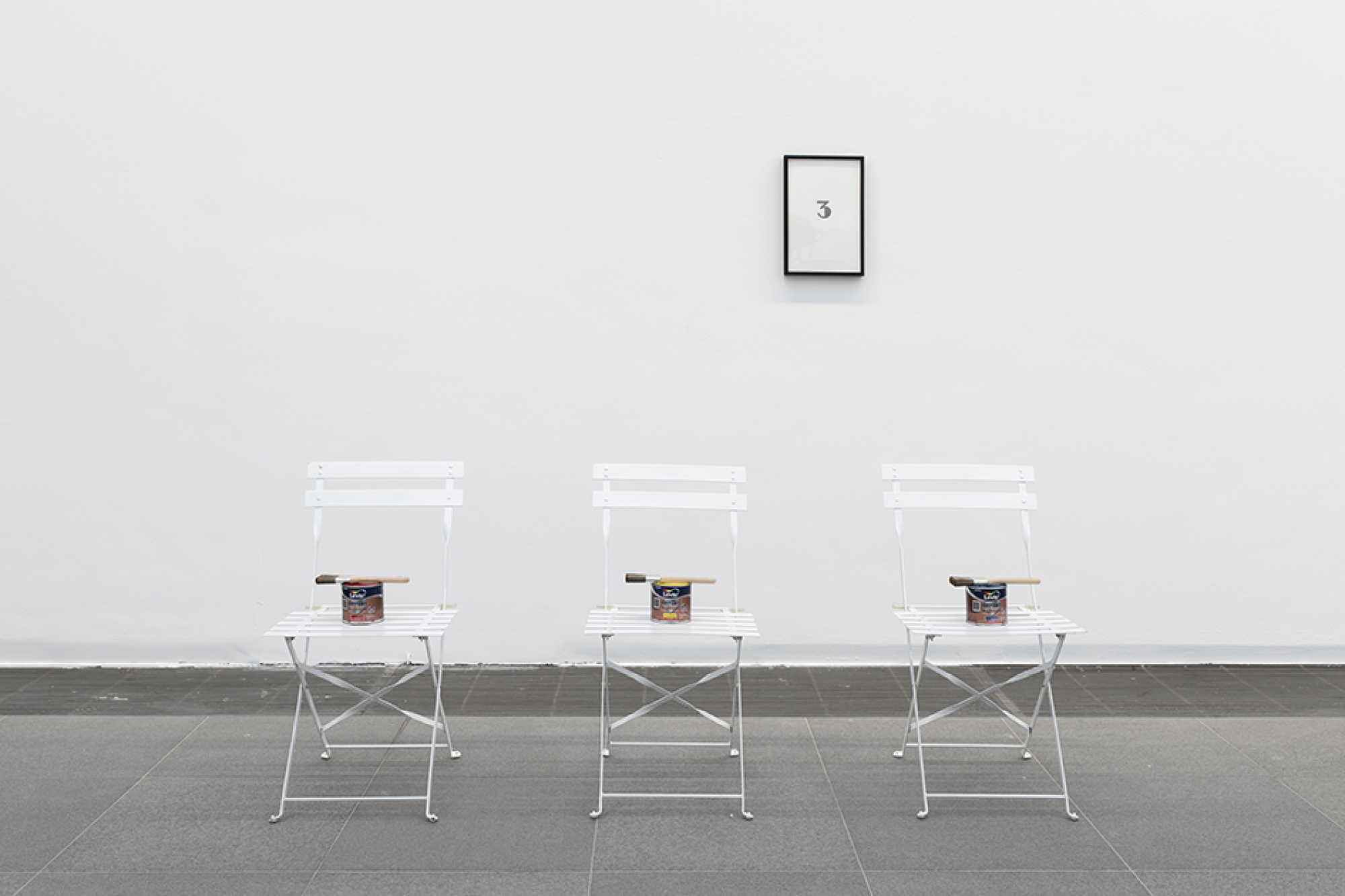The museum will be closed on December 24, 25 & 31 and on January 1. Artshop closes on January 2.
Haim Steinbach. Objects for People
Haim Steinbach (born 1944) has redefined the object of art through the selection, arrangement and presentation of everyday objects. They are placed on various supports: shelves, cases, stud walls, and scaffolding. Steinbach is known for the wedge-shaped shelf apparatus he devised in 1984. His laminated wood shelf is triangular in section. It distributes a wide range of objects that are part of the quotidian exchange of cultures and functions. These functions operate in the framework of context and intervention. Steinbach’s practice is focused on the play of everyday living, from the home to the store, to the museum. Like a rebus puzzle, the objects Haim Steinbach presents become the forms of visual language. In this game of gaps between objects, the supports also play their part. Unlike a pedestal which elevates one object above others, a shelf, by virtue of its horizontality, places them on an equal footing. Through Haim Steinbach’s cultural anthropology, the use and exchange value of the smallest familiar or domestic object is transformed into an image referring to something that exceeds it. His approach extends to the appropriation of words that are vernacular language, as in “hello again” and in “tant qu’il y aura des petits matins clairs”. These words manifested in their specific typefaces are taken whole as already existing objects. Like Proust’s madeleine, which embodies the entire world of childhood, the object is larger than it appears, overflowing its immediate meaning and its inherent nature to become a figure of speech, metonymy, and allegory.
For his first solo exhibition in a museum in Belgium, Haim Steinbach presents a range of works over the course of his 40-year artistic practice. Among them he chose to include two important projects that he realized with Belgian art collectors: An Offering: Collectibles of Jan Hoet (1992), a display of various objects Hoet collected and An Offering: Collectibles of Herman Daled (2000), a display of three chairs, three cans of paint, three paint brushes, and a drawing by Steinbach titled 3 that also belonged to Daled.
Objects for People
Portraits through everyday objects
Conceived by Haim Steinbach to coincide with his exhibition at MACS, the Objects for People project features six individuals from diverse social backgrounds, filmed in their homes as they discuss objects they have arranged in their everyday surroundings. The interviews were conducted informally, without a prearranged questionnaire. The objects, selected at the beginning of each meeting, were then loaned by their owners for the duration of the exhibition, transitioning from the private sphere to the public space of the museum. In this installation, removed from their domestic context, they are arranged by the artist and presented in tandem with the video recordings.
Ranging in age from 14 to 98, the participants in this project share a common trait: they cultivate unique, ritualistic relationships with their objects. The interviews delve into the different ways these relationships manifest – whether in the bonds that the objects establish among themselves, in the ways people connect with one another through the objects, or in their broader social functions as markers of identity and distinction. These portraits subtly reveal how individuals interact with the objects around them and what they seek to express through their selection, presentation, and juxtaposition.
